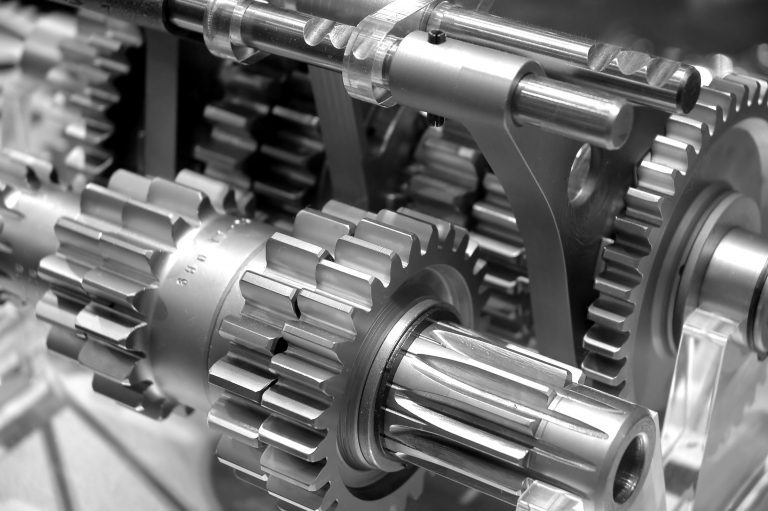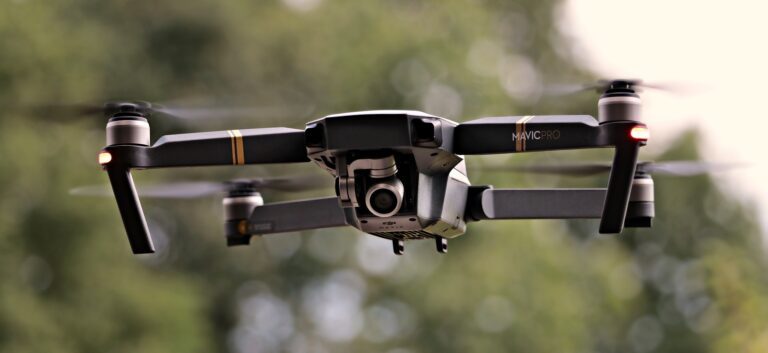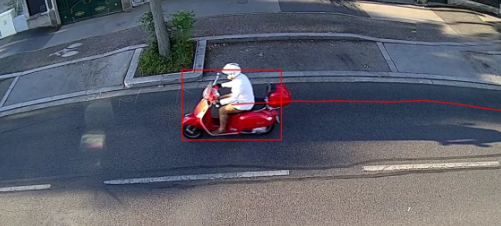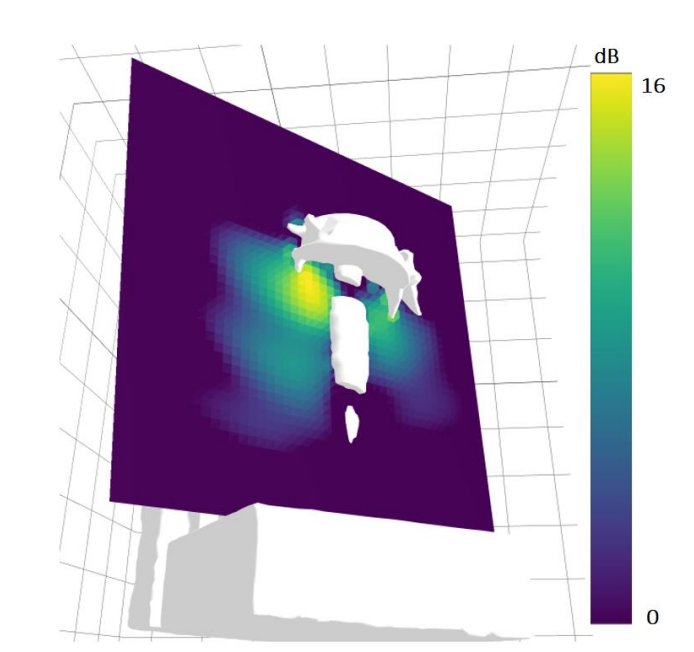The car world is going electric — and quickly. All automakers have to integrate electrical motors into their lineup. These electric motors are globally quieter, and they have a very different noise signature compared to internal combustion motors (a spectrum containing strong tonal components). It is therefore important to characterize these sources quantitatively ini order to optimize comfort after integration. This paper presents a strategy based on multiple-array measurements, and an inverse method for the quantification of the sources from electric motors.
3D Acoustical Characterization of an Electrical Motor by Bayesian Focusing
3D Acoustical characterization of an electrical motor by Bayesian focusing
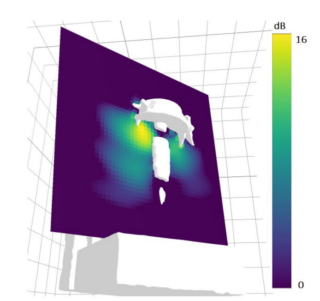
Authors
Thibaut Le Magueresse1, Allan Outrequin 1, Michael Thivant1, Jérôme Antoni 2, Jean-Louis Jouvray3 and Etienne Robert 3
1 MicrodB 28 chemin du Petit Bois, 69130 Ecully, France
2 Univ Lyon, INSA-Lyon, Laboratoire Vibrations Acoustique
3 Groupe Renault
Abstract
The industrial sound characterization of noisy objects by imaging techniques is subject to practical constraints (limitations of the number of arrays, restriction of the acquisition duration, noisy environment) and the characterization itself is challenging (3D description of the field in terms of directivity or absolute acoustic sound power per component for example).
Therefore, the use of advanced imaging techniques such as three-dimensional inverse methods becomes relevant. The present study aims at illustrating advantages of the Bayesian Focusing through a deep analysis of the radiation of an electrical motor mounted on a test bench. First the importance of modelling realistic acoustical transfer functions will be highlighted.
Then, the wealth of information given by the method in terms of source description will be illustrated. The robustness with respect to the number of snapshots will be studied. Finally the quality of reconstruction may be estimated by computing statistical
criteria.

3D Acoustical Characterization of an Electrical Motor by Bayesian Focusing
Consult the full publication


